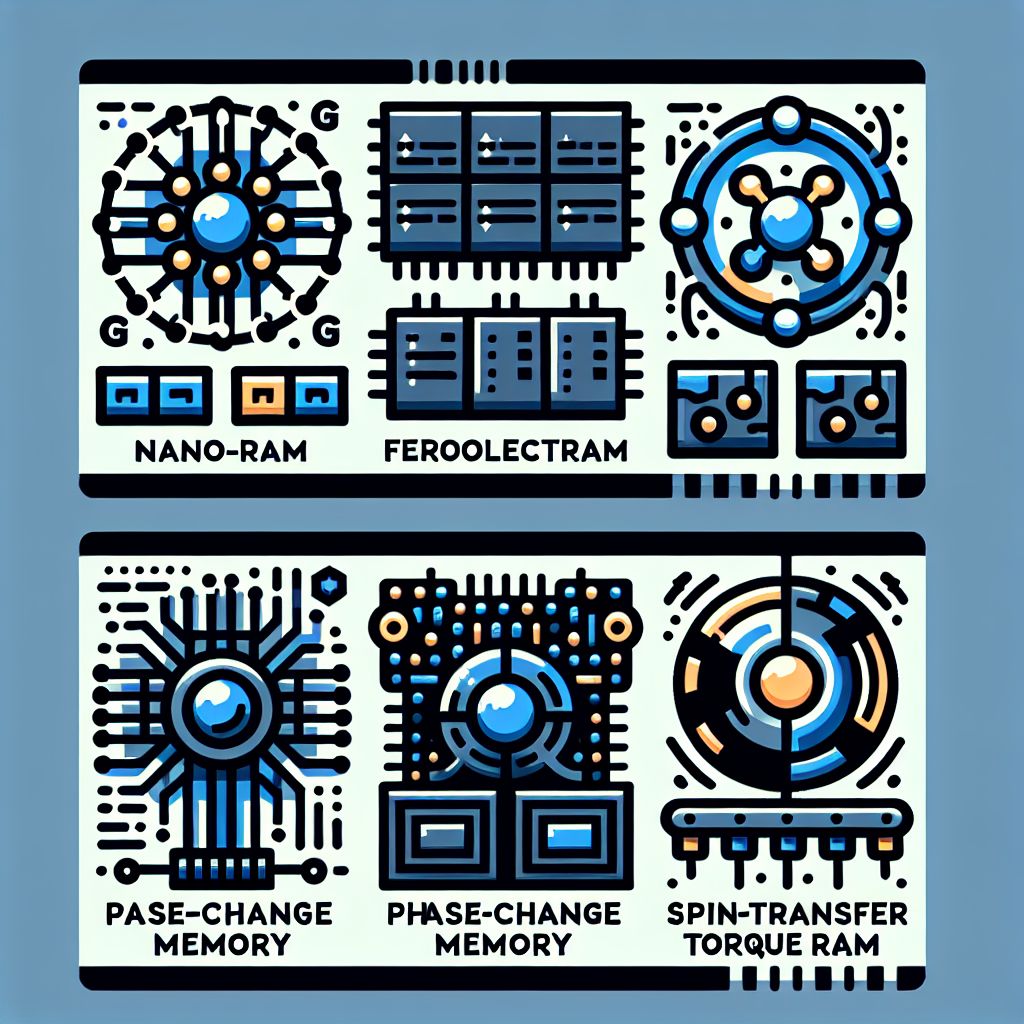Non-volatile memory technologies are becoming increasingly important in the world of technology, as they allow data to be stored even when the power is turned off. There are several different types of non-volatile memory technologies, each with its own unique characteristics and applications. Understanding the differences between these technologies can help individuals and businesses make informed decisions about which type of memory is best suited for their needs.
One of the most common types of non-volatile memory technologies is flash memory. Flash memory is a type of electronic memory that can be erased and reprogrammed multiple times. It is commonly used in USB drives, solid-state drives, and memory cards. Flash memory is known for its fast read and write speeds, making it an ideal choice for applications that require high-performance storage.
Another type of non-volatile memory technology is magnetic storage, which includes hard disk drives (HDDs) and magnetic tape. Magnetic storage works by using magnetic fields to store data on a rotating disk or tape. HDDs are commonly used in computers and servers for storing large amounts of data, while magnetic tape is often used for long-term archival storage.
Phase-change memory (PCM) is another type of non-volatile memory technology that is gaining popularity. PCM uses a material that can change between amorphous and crystalline states to store data. PCM offers fast read and write speeds, low power consumption, and high endurance, making it well-suited for applications like embedded systems and IoT devices.
Resistive random-access memory (RRAM) is a type of non-volatile memory technology that uses changes in resistance to store data. RRAM offers high-speed operation, low power consumption, and high endurance, making it a promising technology for future memory applications.
Understanding the different types of non-volatile memory technologies can help individuals and businesses choose the right memory solution for their needs. Whether it’s flash memory for high-performance storage, magnetic storage for large-scale data storage, or emerging technologies like PCM and RRAM, there are a variety of options to consider when selecting a non-volatile memory technology. By staying informed about the latest advancements in non-volatile memory technologies, individuals and businesses can make informed decisions about which type of memory is best suited for their specific requirements.

Leave a Reply
You must be logged in to post a comment.